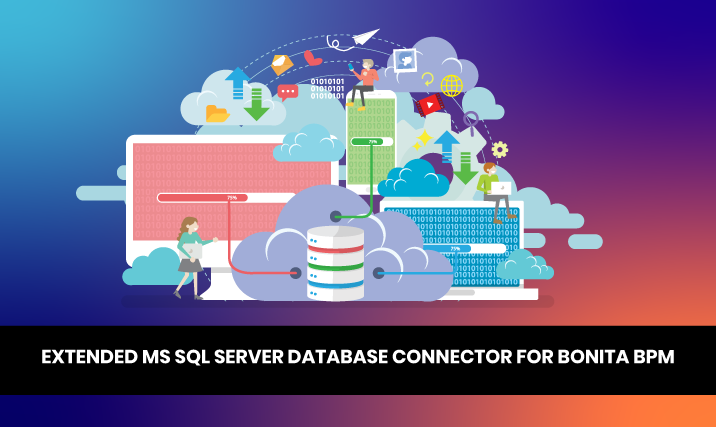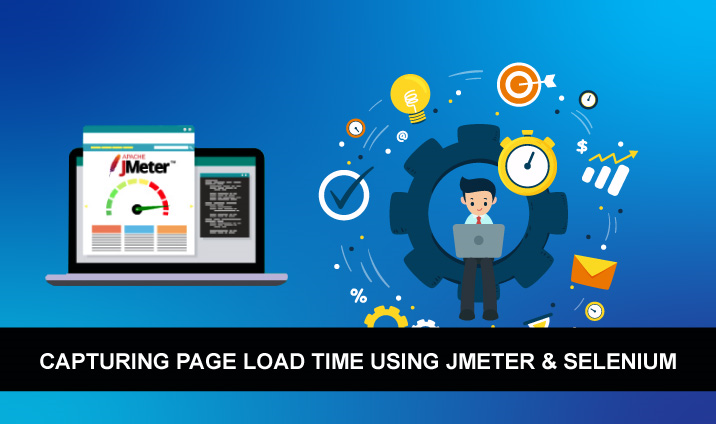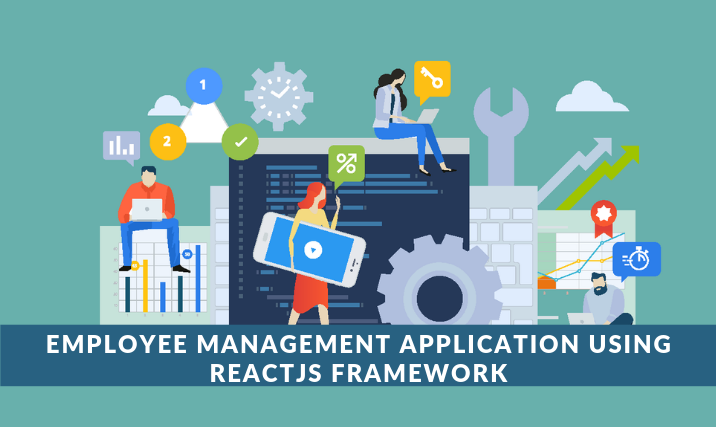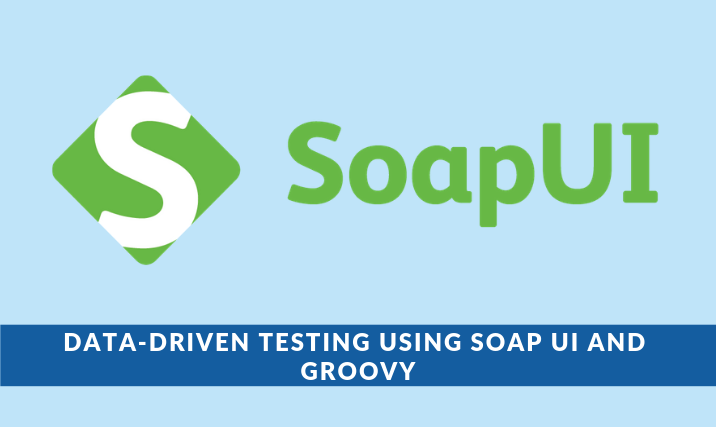
What is Deep Linking in Mobile Apps? Deep Linking is a concept that helps the users to navigate between the outside digital world and specific activity in the mobile application via an intent filter system. To put it more precisely, deep links are URLs that help users navigate directly to the specific content in applications. Here’s what the outside digital world comprises of: Website

The Bonita Platform has Microsoft SQL Server connector which will only execute DML commands from the Java layer. However, this connector does not support the procedure calls. The idea behind curating this blog is to help Bonita developers overcome the issues faced with procedure call execution. To begin with, we have created one custom connector for Microsoft SQL Server Database 2008. This connector will

Your inside sales team needs are covered right with a CRM by their side. But what about the needs of those unsung heroes who spend most of their time outside the comfort of the office. Don’t they deserve some empowerment or a magical mobile app development technology to make their work a tad bit easier? They do, right? Digitizing the tedious and erroneous work

For most conventional websites, entire pages are loaded and reloaded continuously which cause a slowdown, resulting in frustrating user experience and unnecessary strain on the server. Single Page Applications, however, quickly solve this problem by only loading small entities of a webpage at a time. They do it by decreasing the server load and increasing the site speed for better user experience. Developed by

Most market-leading performance testing tools (LoadRunner, JMeter, Azure DevOps, NeoLoad, WebLOAD, etc.) provide server response time when conducting different types of tests such as load, stress, spike, and endurance. However, it is also essential for software testers to figure out the page load time while performing load testing. In this blog post, we will find out how to measure page load time with Selenium

Test data is essential for both manual and automation testing. However, test data changes in manual testing aren’t as concerning as in automation testing. That’s primarily because, in manual testing, the testers can change/create the data, they are also aware of the data changes and hold enough application knowledge. However, when it comes to automation testing, the tool cannot have this kind of knowledge

Mobile applications should be designed intelligently keeping into consideration the needs and expectations of the target audience. And while developing mobile applications, our focus should always be on creating apps that are faster, smarter, and deliver the right results. In order to do so, a mobile app should be able to perform tasks with minimal clicks, be highly intuitive and offer offline support at

This post outlines some of the best practices we can use in our application to support robust and a highly scalable Angular framework. This write-up is related to Angular, Typescript and RxJs. Additionally, the blog discusses some general coding guidelines to make the application cleaner. Let us begin by evaluating the various features available in the Angular application framework. strict:true If you are starting

ReactJS is a JavaScript framework that makes designing advanced and responsive interfaces hassle-free. It is a highly scalable, super-performing framework, built and maintained by the folks at Facebook & Instagram. Further, it provides simple views and associations with each of the state behavior in your application with out-of-the-box developing tools to write code and bring top quality user interfaces to life. Why Choose ReactJS

In this blog post, we’ll understand how to perform data driven testing using SoapUI’s open source version with Groovy and Microsoft Excel as datasource. To automate web services, we are using SoapUI, which is one of the world’s most widely used open source API testing tool. Additionally, users can download SoapUI Pro, which is a licensed tool that provides great options and simpler ways


